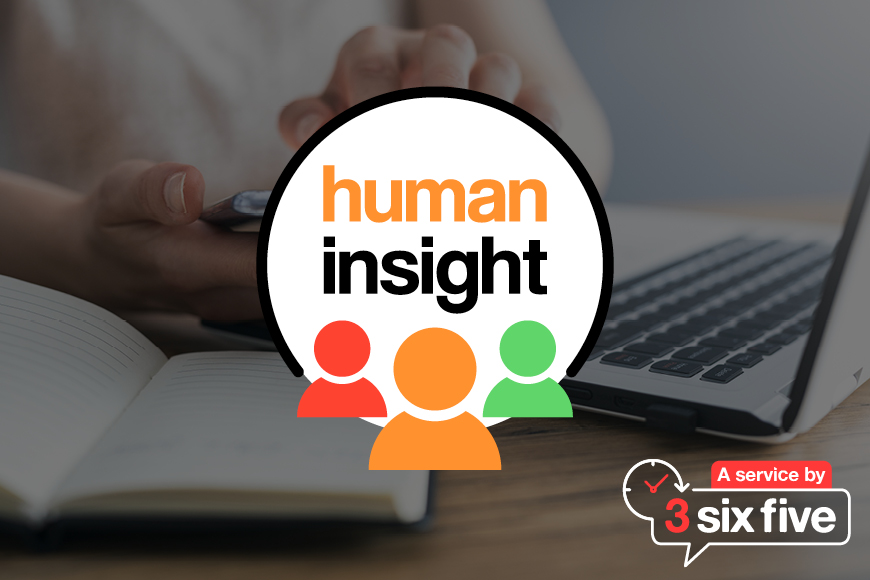Share
Are you aware of how your brand is widely perceived by the general public? If not, it’s likely that you’re basing major business decisions on guesswork and assumptions instead of real data and insights. In order to understand how people feel about your business, it’s crucial to monitor the sentiment of social media comments from your customers and other audience members, and analyse your findings to detect the underlying emotions behind each message: positive, negative or neutral. This process is known as sentiment analysis (or sometimes “opinion mining”), and its results can be used to make operational changes that will ultimately enhance your customer experience.
A Brief History of Sentiment Analysis
Loosely speaking, sentiment analysis can be traced back to the early days of the American republic, where polls were used by newspapers to collect opinions and make predictions regarding upcoming political events. For example, The Harrisburg Pennsylvanian conducted the first informal “straw poll” in 1824 to ask people who they thought would win the imminent presidential election. These polls were carried out haphazardly and were notoriously inaccurate, yet they became a popular feature in newspapers and magazines to share insights from the general public.
By the 1920s, market researchers had begun to use more scientific polls, which used samples that were more representative of the population, to gather consumer product preferences. They used these surveys to discover how people felt about everything from magazines to cars.
Then, in 2005, Gruhl et al. conducted one of the first studies to determine if online comments influence the sales figures of products: “The Predictive Power of Online Chatter”. They obtained the sales data of books from Amazon and used automated query generation algorithms to monitor blog mentions and online comments, with the aim of subsequently predicting the rise and fall of sales of certain books. As expected, they found that positive comments led to increased sales.


Modern-Day Sentiment Monitoring
Today, sentiment analysis is defined as: “The use of Natural Language Processing (NLP), text analysis, computational linguistics and biometrics to systematically identify, extract, quantify and study subjective information”. It’s widely used by marketing professionals and customer service agents to determine how people feel about the services, products and experiences provided by brands and businesses. Sentiment analysis can be grouped into three main categories:
Knowledge-based analysis
This involves classifying text based on the presence of clear, unambiguous and “obvious” emotive words, such as happy, sad, afraid or bored.
Statistical analysis
This involves using computer algorithms and machine learning to detect sentiment.
Hybrid analysis
This involves using a mixture of knowledge-based and machine learning techniques to classify text.
What Does Sentiment Analysis Facilitate?
Sentiment monitoring is the best way to gather the data you need to make key business decisions that will boost customer satisfaction and loyalty. Here are just some of the areas it can impact.
Products and services
It can help you directly improve your products and services, as it will make you aware of any recurring issues and areas that need further development. It will also reveal which ones are performing well, so you can continue to emphasise and promote them.
Customer service
It can help you discover which parts of your current customer care process make customers happy and which parts frustrate them. For example, you might discover that comments with a negative sentiment often mention long wait times or unhelpful responses from your customer service team, enabling you to carry out the necessary training.
Marketing strategy
It could be the case that your products or services themselves aren’t to blame for poor sentiment - it might come down to the way they’re being marketed. Sentiment analysis can help you refine and reshape your marketing strategy to get your message across more effectively and give your customers the kind of content they want to see.
Brand reputation
Sentiment analysis allows you to keep an eye on your business reputation and catch any complaints before they spiral into something much more damaging. For example, if you notice a rising trend of negative comments surrounding a particular aspect of your brand, you can jump in and proactively make the required changes to put things right and protect your image.
Audience segmentation
If you break your sentiment down into demographics, you can find out if certain age groups or other audience segments are reacting in similar ways to your brand, therefore helping you strategise more precisely to meet the wants and needs of each type of customer.


Human Insight
Developed in-house by our Brand Development Manager, Human Insight is a sentiment analysis service unlike any other. After testing and trialling traditional sentiment tracking systems, which predominantly rely on AI and automated software, we discovered that they often produce unreliable data and misinterpret words and phrases due to inaccurate NLP algorithms. This is especially evident when it comes to unique language features such as slang, sarcasm and regional dialects. As a result of this, we decided to build our own human-led sentiment service to offer to our clients.
Our dedicated team will track all of your incoming messages and comments, manually logging their sentiment to outline how your business is being talked about online. We will provide accurate reports detailing the truest reflection of your brand across social media. Plus, Human Insight isn’t just limited to direct mentions - untagged comments, keywords and phrases can also be tracked to paint an even bigger picture of any brand-related conversations.
Clients using this service, which include Papa Johns Pizza and Kwik Fit, have been able to make both large and small scale business changes based on the data we’ve collected for them. This has boosted the positive sentiment surrounding them and reduced the level of negativity they experience online. Additionally, with both of these brands having multiple locations across the country, Human Insight has helped them take note of any site-specific concerns and pinpoint their best and worst performing branches.
Social data is often treated as a marketing-only resource, but Human Insight reports can be shared with other departments within your business too, such as brand and area managers, operations, customer service teams and more.
Summary
Social data is often treated as a marketing-only resource, but sentiment reports can be shared with other divisions within your business too, such as brand and area managers, operations, customer service teams and more. In fact, 71% of social media marketers who have begun monitoring conversations say they have been able to provide powerful consumer insights to other departments.
Every interaction, from expressing dissatisfaction with a recent purchase to sharing positive feedback after a great experience, presents an opportunity for businesses to find out how people feel about them and why. Especially when paired with Social Listening, sentiment analysis helps brands extract value from customers’ comments and use their opinions to influence key decisions. However, it’s important to acknowledge that AI technologies simply can’t achieve the same standard of accuracy real people can - that’s why your business needs Human Insight. Ready to start tracking the way your brand is perceived online? Contact our expert team today to take the first step.










